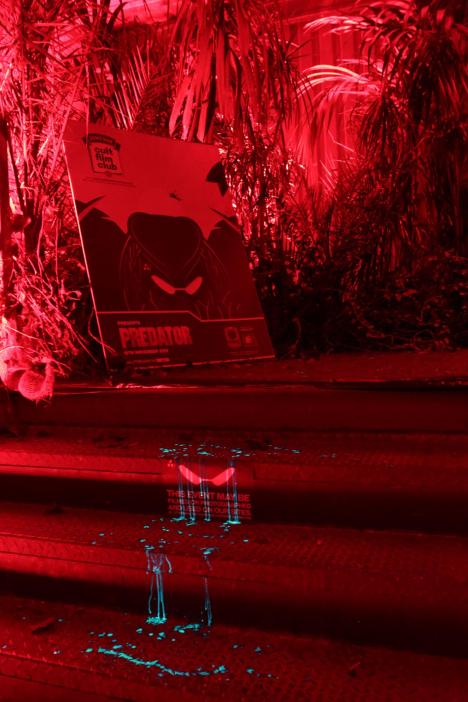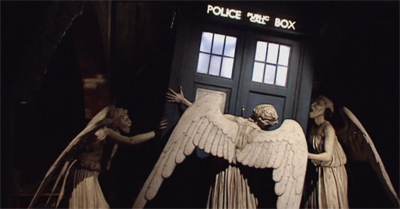This January, to prepare for the release of the new six-part season of The X-Files, we’re wrapping up our coverage of the show, particularly handling the various odds and ends between the show’s last episode and the launch of the revival.
One of the interesting aspects of doing a long-running pop culture project is the subtle shifts that you can see taking place over time.
The realities of media consumption change over extended periods; in response, the methods of media production also change. It is not too hard to imagine a world where Night Stalker would have been cancelled by ABC six episodes into its run, ending on a cliffhanger with the remaining four episodes buried for all eternity. Television would have moved on to its next reboot, its next new launch, and the cycle would have continued. Night Stalker would have been dead and buried, even more of a genre curiosity than it is now.

Fenced off…
There was a time when Night Stalker would have been consigned to history. At best, it might have been a footnote in Frank Spotnitz’s filmography, a point of reference in interviews and conversations about how mainstream American television treats science-fiction history. Had Night Stalker appeared (and been so promptly cancelled) even ten years earlier, it would probably be a curiosity on the IMDb pages of its cast and crew. The name would resonate with genre fans, and t would casually be dropped in career overviews. But it would largely be lost.
However, the reality of television had changed by the twenty-first century, the explosion in home media ensuring that even a six-episode failure like Night Stalker could receive a neatly-packaged DVD release and remain easily accessible to the generations that followed. In some respects, this feels like the worst thing that could have happened. The biggest obstacle between Night Stalker and the status of “cult classic” is ease of access to the show itself; the readiness with which the nostalgic refrain of “cancelled before its time” might be rebutted by simply buying the DVD.

A blast from the past…
Filed under: Movies, Night Stalker | Tagged: abc, Anti-hero, cancelled, cheating memory, DVD, frank spotnitz, journalism, legacy, night stalker, Television, the sea | Leave a comment »





























